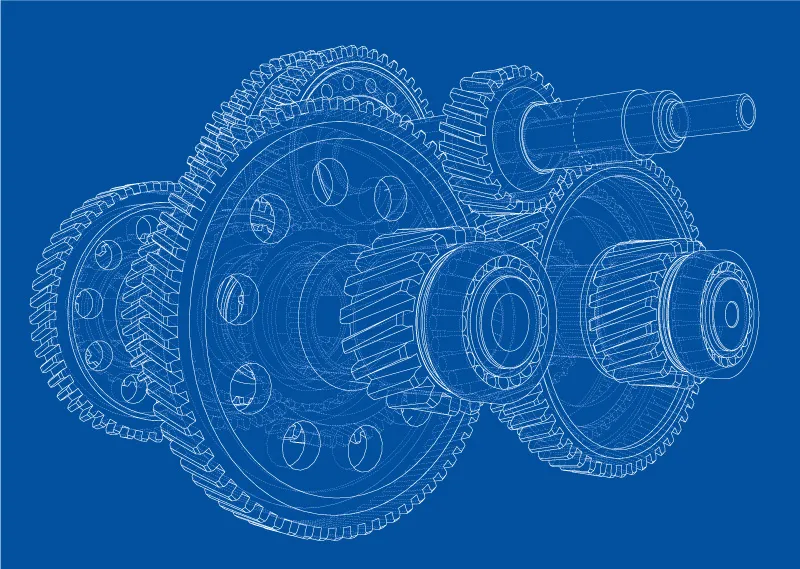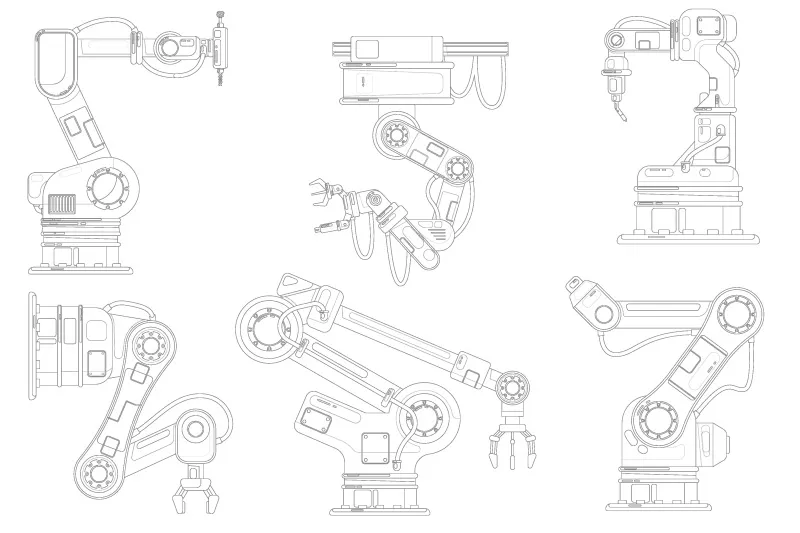Illustration Service

Types of Illustration
Utility
Utility patent drawings typically show parts of a device, assemblies, electric circuits, components of a system, or flow chart of a process. The parts must be called out using leader lines and numerals. Text labelling of parts is not permitted, except within a block diagram or a flow chart. Complex mechanical parts or assemblies must be effectively illustrated using isometric or perspective views, sectional views or cut-always. All the features of the claimed invention should be clearly illustrated, and small parts must be labelled in sufficient detail to support the claims.
Design
The primary purpose of design patent drawings is to aid the patent examiner to understand the appearance and aesthetics of the product. Special artistic skills may be called for to show the shape, contour and texture of the invention. Design patents are mostly used to protect new designs of jewellery, furniture, containers of beverages, processed food and computer icons. Reference numbers are not needed in design drawings. Design patents are granted for a period of 14 years, during which the inventor has exclusive commercial rights over the design.
